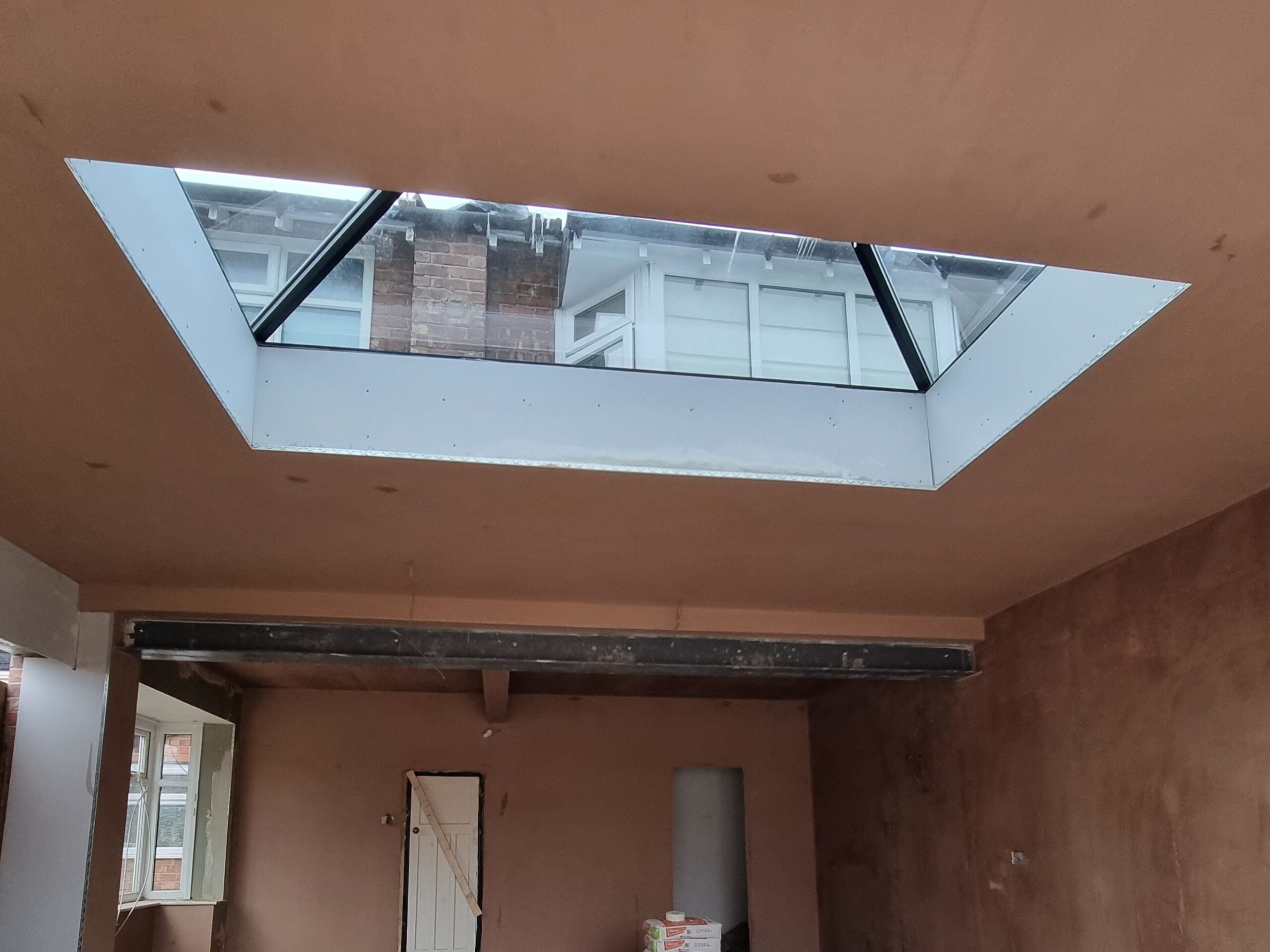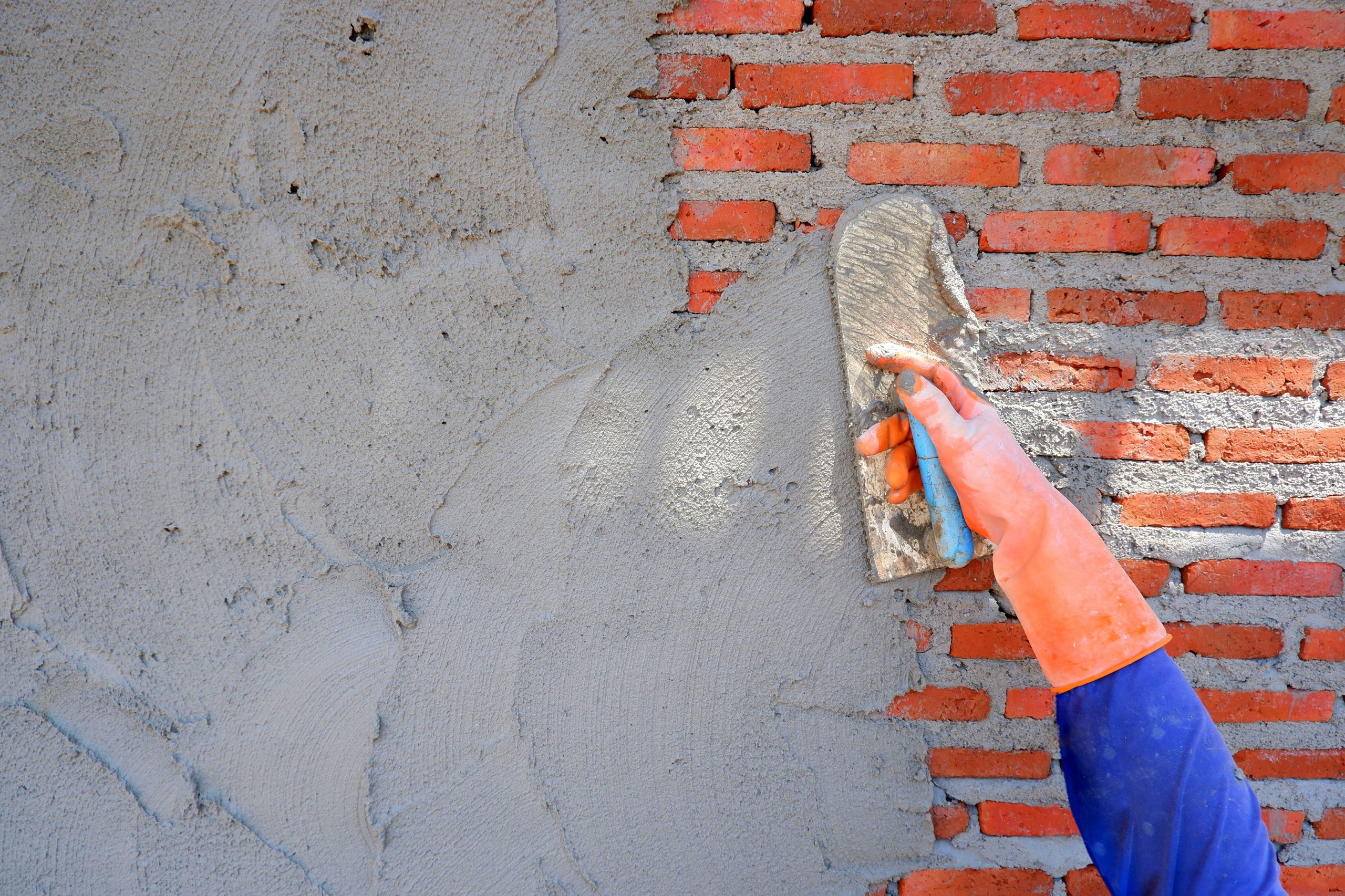Understanding the Crucial Techniques of Plastering for Home Renovation Projects
In the world of home improvement, understanding the crucial methods of plastering can dramatically improve both the performance and visual allure of a room. The gluing procedure incorporates vital phases, from careful surface area prep work to the exact application of materials.
Sorts Of Smudging Techniques
Although different smudging methods exist, each serves an unique function and offers unique visual top qualities. One of the most usual approaches is typical lime plastering, which is recognized for its breathability and flexibility. This technique is especially useful for older frameworks, enabling dampness to leave while keeping structural stability.
For a more textured appearance, trowel-on plastering methods such as stucco and Venetian plaster are commonly utilized. Stucco, typically made use of in outsides, supplies toughness and climate resistance, while Venetian plaster is renowned for its extravagant, refined coating.
Additionally, there are much more specialized strategies, such as skimming, which is a procedure that involves using a thin layer of plaster over existing surface areas to create a smooth coating. Each of these strategies can drastically influence the overall aesthetic and functionality of a room, making it necessary to choose the ideal approach based upon the certain requirements of a project.

Devices and Products Needed

Necessary devices and products are essential for effective plastering, guaranteeing both effectiveness and high quality in the application process. A detailed plastering toolkit typically consists of a hawk, trowels, and a float. The hawk serves as a platform to hold the plaster, while the trowels, available in different dimensions, are crucial for application and smoothing. A float, commonly made from rubber or sponge, is made use of to accomplish an uniform surface.

Investing in high-quality devices and materials inevitably adds to a more effective gluing task, producing a resilient and aesthetically pleasing surface. Correctly geared up, you lay the groundwork for reliable gluing and home improvement.
Step-by-Step Plastering Process
With the right devices and materials in hand, the following phase entails carrying out the plastering process with accuracy. Begin by preparing the surface to make certain optimum bond. Get rid of any loosened debris, dust, or old plaster, and use a bonding agent if needed.
As soon as the surface area is prepped, mix the plaster according to the supplier's guidelines, achieving a smooth, lump-free consistency. Making use of a trowel, apply the very first layer, called the scratch layer, to a thickness of regarding 5-10 mm. Make certain uniform coverage, and use a comb or scratcher to produce grooves for better adhesion of succeeding web link layers.
After allowing the scratch coat to establish partly, apply the second layer, or the brownish layer, smoothing it out for an also finish. Enable this layer to completely dry, normally for 24-48 hours, depending on the conditions. Lastly, use the ending up coat, which must be thinner and smoother. Plume the sides to mix into the surrounding surface area, achieving a seamless look.
As soon as the plaster has actually dried out extensively, it can be sanded lightly to eliminate flaws. Comply with up with a primer before painting for a polished final appearance.
Usual Blunders to Stay Clear Of
Failing to recognize common mistakes can considerably impact the quality of your plastering job. One regular error is inadequate surface area prep work. Falling short to prime and tidy the surface area can bring about inadequate bond, leading to splits and peeling off. Moreover, neglecting to repair any kind of underlying problems, such as moisture or structural damages, can endanger the plaster's honesty.

Timing is additionally vital; numerous unskilled plasterers rush the application. Allowing the first layer to dry completely prior to using subsequent layers is necessary to prevent too much fracturing and shrinking.
In enhancement, not using the right devices can hinder the completing procedure. Utilizing trowels that are he said little or as well huge can impact your control and the level of smoothness of the surface.
Tips for Finishing Touches
Attaining a perfect coating in plastering calls for interest to detail and a few calculated strategies. Once the initial application has actually dried, start the completing procedure by utilizing a moist sponge or trowel to smooth out any type of blemishes. This step not only boosts the surface area but likewise aids to remove any type of excess plaster that might have dried out unevenly.
Next, take into consideration the use of a fine-grit sanding block or post sander for an extra sleek look. Sanding need to be done carefully to avoid harming the underlying layer - Plastering. Constantly wear a mask to safeguard against dust inhalation
After fining sand, check the surface area under various lights conditions to determine any type of missed out on disparities or areas. Use a slim layer of ending up plaster if necessary, feathering out the sides to mix perfectly with the surrounding location.
Verdict
In final thought, mastering crucial plastering techniques considerably improves the high quality of home renovation tasks. Recognizing the various types of plastering techniques, making use of ideal tools and products, and adhering to a methodical application procedure contribute to accomplishing a smooth and resilient finish.
In the world of home enhancement, understanding the important strategies of plastering can considerably enhance both the capability and aesthetic charm of a room.Although various gluing methods exist, each serves a distinct objective and offers distinct aesthetic top qualities. Plastering. For an extra distinctive appearance, trowel-on plastering methods such as stucco and Venetian plaster are often utilized. Stucco, frequently made use of in outsides, gives sturdiness and climate resistance, while Venetian plaster is check it out renowned for its lavish, polished finish
Commonly used plaster kinds consist of gypsum plaster, lime plaster, and cement-based plaster, each offering different functions and atmospheres.